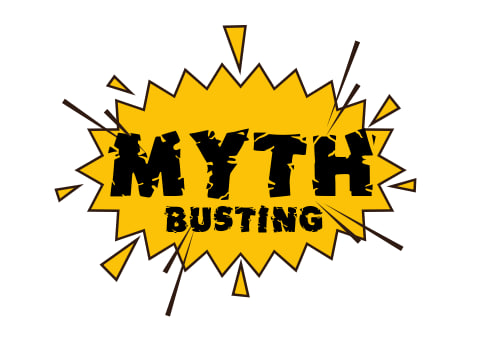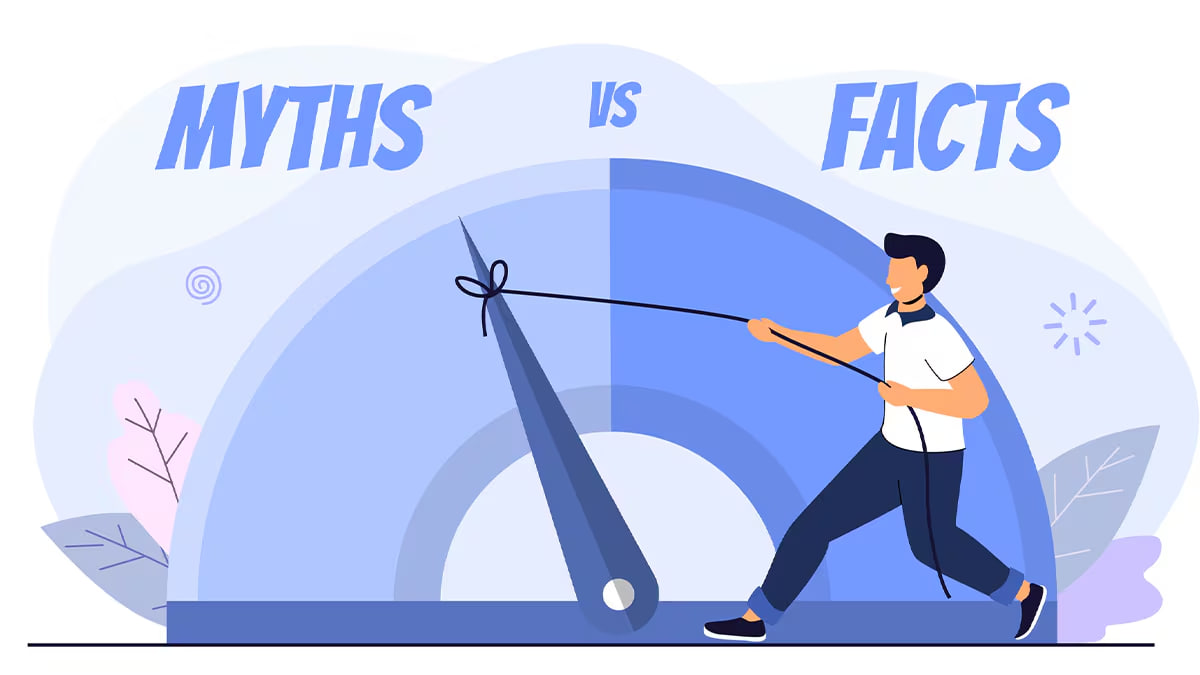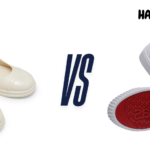In an age of information overload, myths and misconceptions proliferate, often leading to confusion and misinformation. Myth busting, the process of debunking widely held beliefs that are not based on factual evidence, has become increasingly important. This article explores the significance of myth busting, common myths across various domains, and effective strategies for dispelling them.
The Importance of Myth Busting
Myth busting serves several critical purposes

- Promoting Critical Thinking: By challenging misconceptions, myth busting encourages individuals to think critically and question the information they encounter.
- Enhancing Knowledge: It helps to replace falsehoods with accurate information, leading to a more informed public. This is especially vital in areas like health, science, and history.
- Reducing Fear and Stigma: Many myths perpetuate fear, stigma, or discrimination. Debunking these myths can foster understanding and empathy, particularly in sensitive areas like mental health or social issues.
- Improving Decision-Making: Accurate information leads to better decisions, whether in personal choices, public policy, or community actions.
Common Myths and Their Truths

1. Myth: Vaccines Cause Autism
One of the most persistent myths in public health is the false claim that vaccines lead to autism. This misconception originated from a flawed study published in 1998, which has since been thoroughly discredited. Extensive research has shown no link between vaccines and autism, underscoring the importance of vaccination in preventing serious diseases.
2. Myth: We Only Use 10% of Our Brain
The notion that humans only utilize a small fraction of their brains is both misleading and scientifically unfounded. Neuroimaging studies reveal that virtually all parts of the brain have a known function, and we use different regions for various tasks, even during simple activities.
3. Myth: Cracking Your Knuckles Causes Arthritis
Many people believe that the habit of cracking knuckles leads to arthritis. However, research has shown no correlation between knuckle cracking and joint disease. The sound results from gas bubbles in the joint fluid, and while it may annoy others, it poses no significant health risks.
4. Myth: Sugar Makes Kids Hyperactive
The belief that sugar consumption causes hyperactivity in children is widespread, yet studies have consistently found no direct link. Behavioral changes in children may be influenced by various factors, including environment and expectations, rather than sugar intake itself.
5. Myth: Lightning Never Strikes the Same Place Twice
Contrary to this popular saying, lightning can and does strike the same location multiple times. Tall structures, such as skyscrapers and communication towers, are often struck repeatedly, as they provide a clear path for electrical discharge.
Strategies for Effective Myth Busting
- Research and Evidence: Utilize credible sources and scientific research to support your claims. Peer-reviewed studies and data from reputable organizations are essential for building a solid foundation.
- Engagement: Address myths in a relatable manner. Use storytelling or real-life examples to make the information accessible and engaging for your audience.
- Clarification: Break down complex information into easily digestible parts. Simplifying explanations can help clarify misconceptions without overwhelming the audience.
- Encouraging Dialogue: Foster open discussions where individuals can ask questions and express concerns. Engaging in conversations can help dispel myths more effectively than mere assertions.
- Utilizing Social Media: Leverage social media platforms to spread accurate information quickly. Visual content, such as infographics and videos, can be particularly effective in reaching broader audiences.
Recommendation : SITES LEARN SEO







